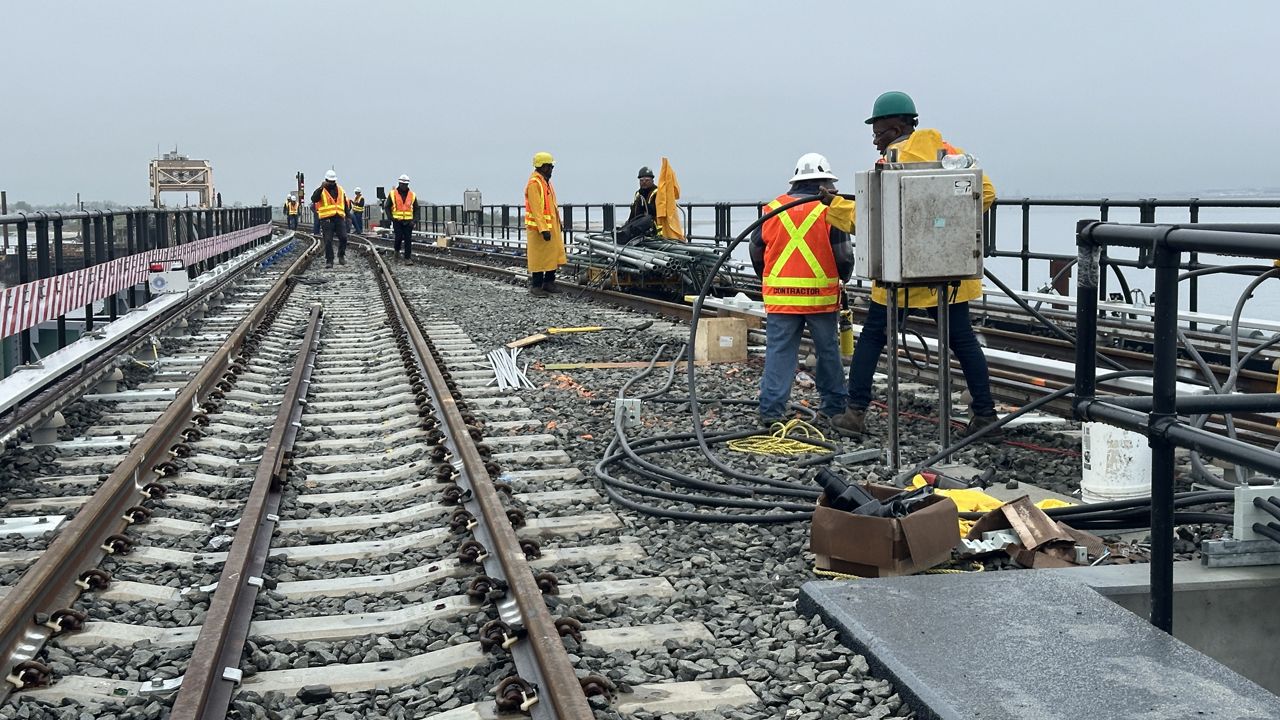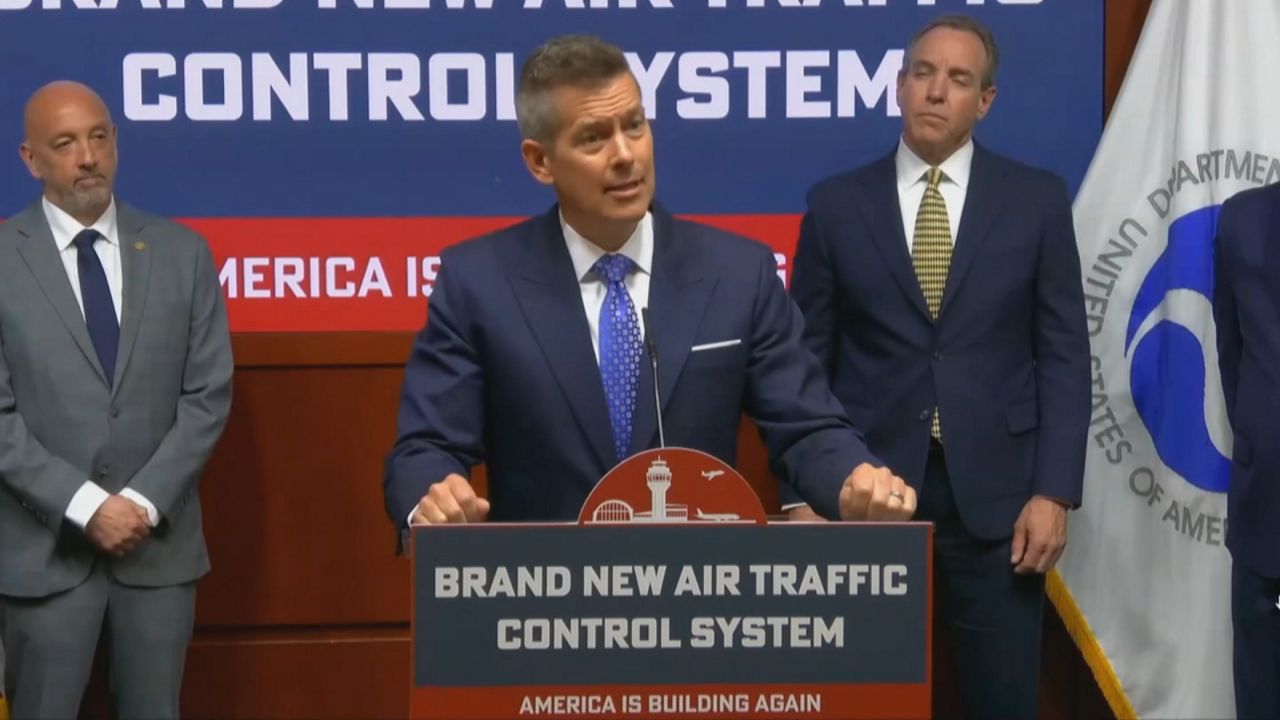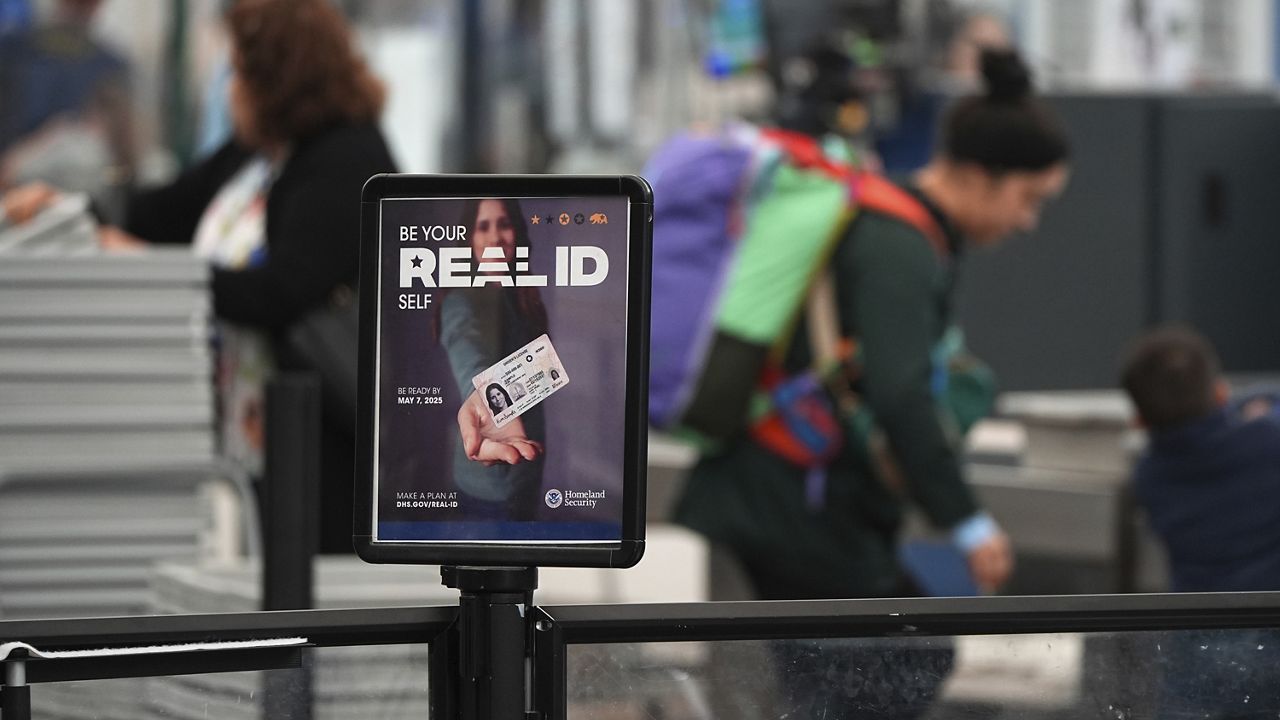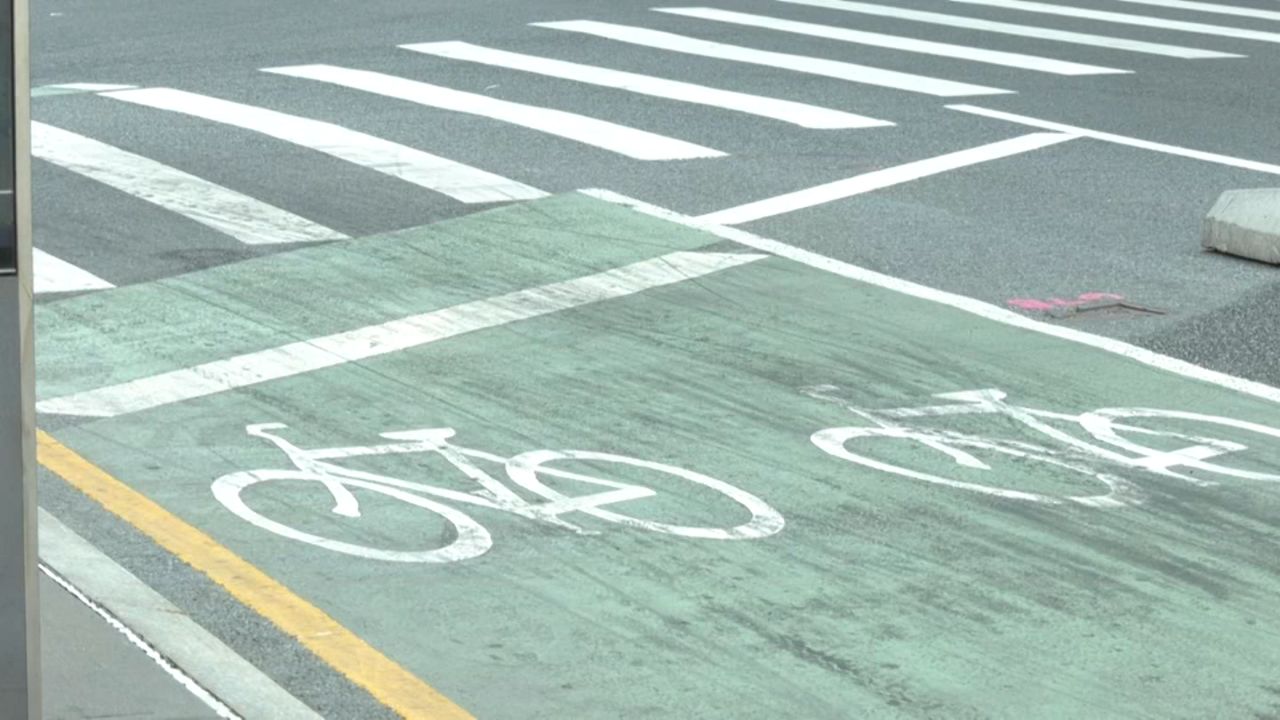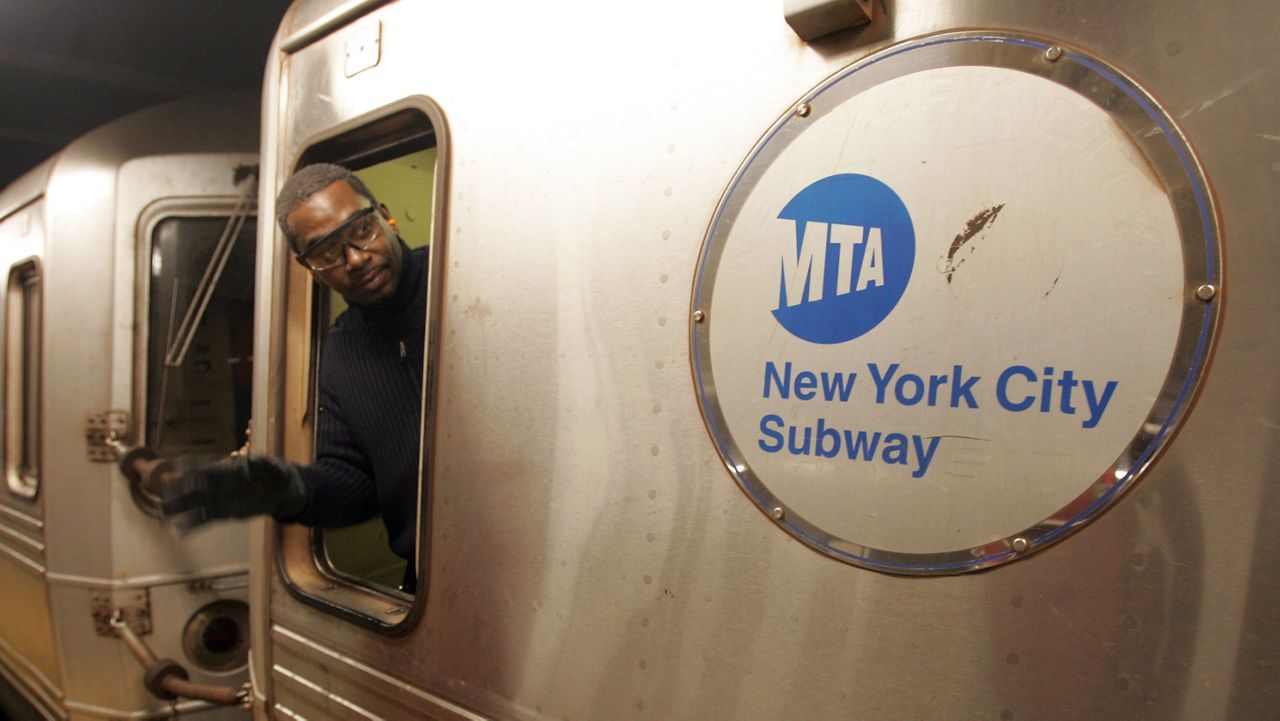The New York City subway system celebrated its 120th birthday on Sunday. It has certainly changed a lot through the decades, from wooden lo-voltage train cars with no A/C, to others with ceiling fans, to the shiny R211 cars — a long way from Oct. 27, 1904.
“The IRT [Interboro Rapid Transit] opened up to great fanfare and lots of pomp and circumstance at City Hall. It was nine miles of track and 28 stations. And from that moment forward, New York was forever transformed,” Concetta Bencivenga, director at the New York Transit Museum, said.
What You Need To Know
- The New York City subway system celebrated its 120th birthday on Sunday
- It opened with nine miles of track and 28 stations as the Interboro Rapid Transit on Oct. 27, 1904
- The New York Transit Museum opened a new exhibit on the history of the system called "The Subway Is..." to celebrate the anniversary
“People do not have to live and work in the same neighborhoods as they did because taking the subway to a place of employment will only take 15-20 minutes or so, as opposed to the half-hour, 45 minutes by streetcar,” Jodi Shapiro, curator at New York Transit Museum, said.
The history of the subway, a big part of the history of New York City, is all on display at the New York Transit Museum, showing some of the intricacies — like the carefully planned mosaics.
“There was this movement called 'City Beautiful.' And the thinking behind that was that is that if you give people a built environment in their city that is beautiful and imbued with art, they will behave and be better citizens,” Shapiro said.
The new exhibit marking the anniversary is called "The Subway Is…."
“We’ve got seven or eight ways that sentence could be completed. So, the subway is people, the subway is an engineering marvel, the subway is always changing,” Shapiro said.
Although many things have changed, some stayed the same.
“Some of the methods of building are exactly the same: cut and cover, drill and blast. One of the big technological advancements is the tunnel boring machine — before tunnel boring machines, people did all of this by hand,” Shapiro said.
The exhibit also looks at how the subway expanded, once being three systems, the IRT — which are now the numbered lines — the BMT — Brooklyn Manhattan Transportation Company — and the city-owned independent system, which are now the lettered lines.
The city unified them in 1940 and New York City Transit was born in 1953 — the same year as the iconic token.
“The token gets introduced when the fare increases to 15 cents because they have to figure out a way to charge 15 cents without making turnstiles that accepts two kinds of coins,” Shapiro said.
And while the subway has grown, it has also changed the city’s landscape.
“Most of the time, understand the subway will get you from point A to point B, but also creates point B. There are entire neighborhoods that were created by the extension of the subway, most recently Hudson Yards,” Bencivenga said.
"The Subway Is…" will run through next year, inviting everyone to finish the sentence of what “the subway is” to them.






